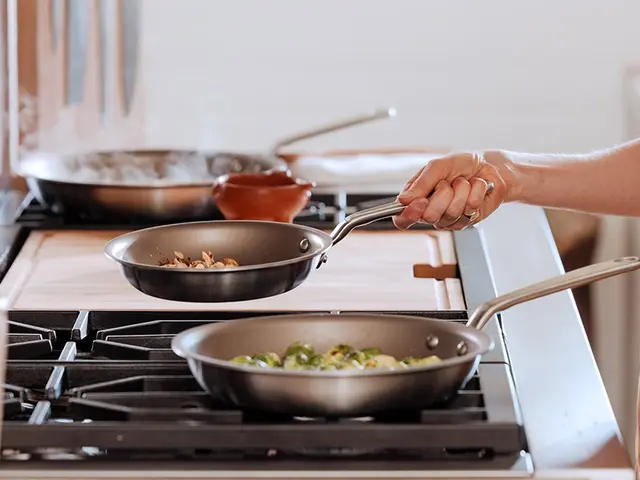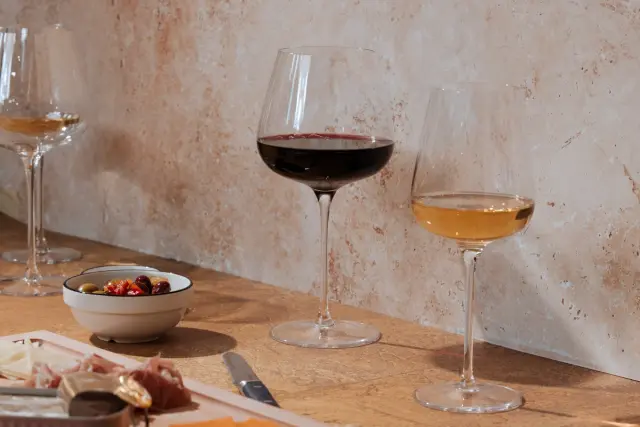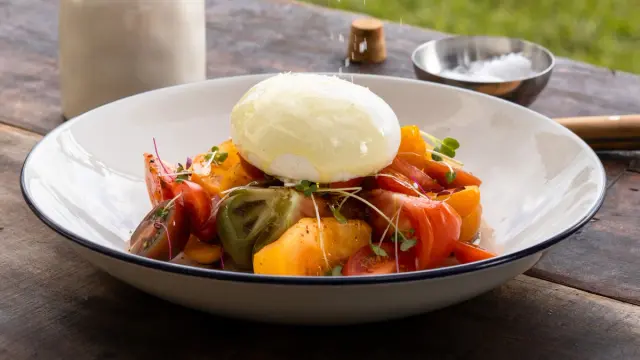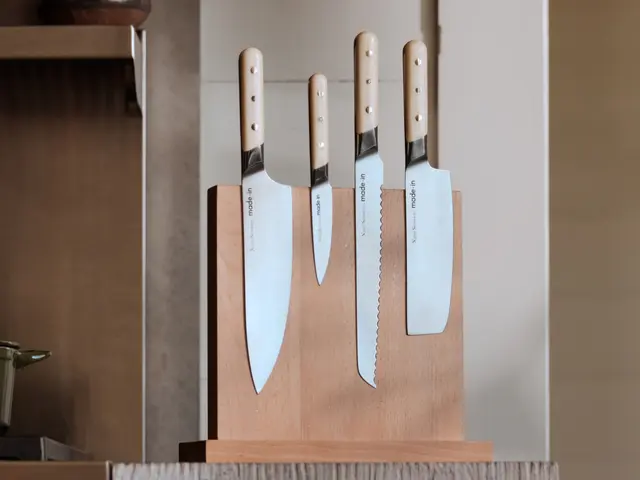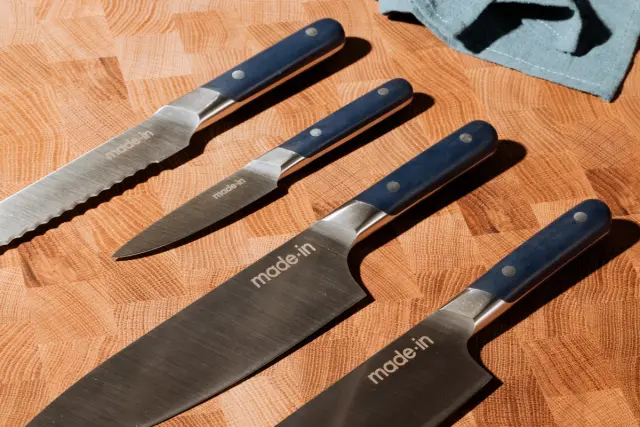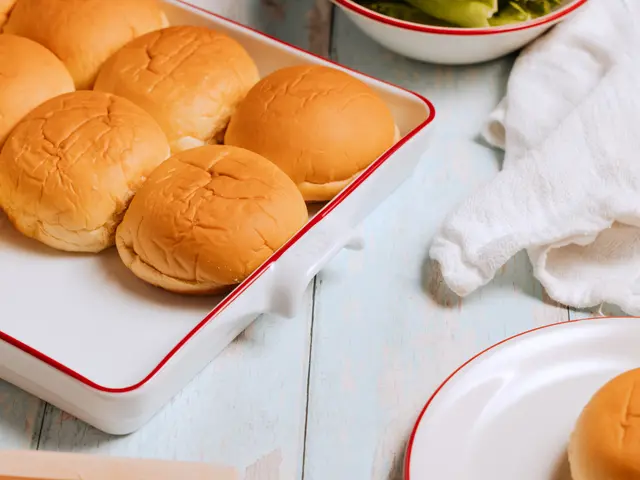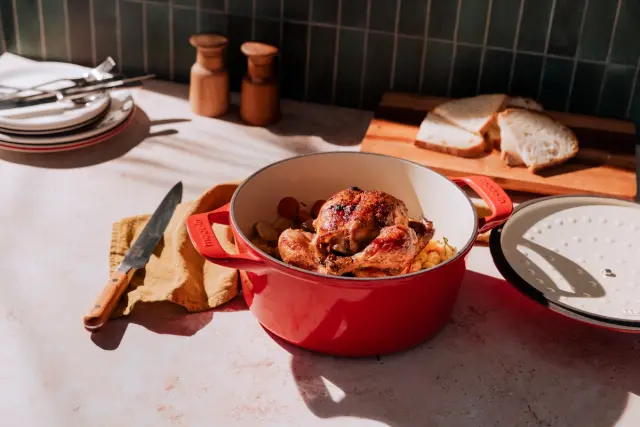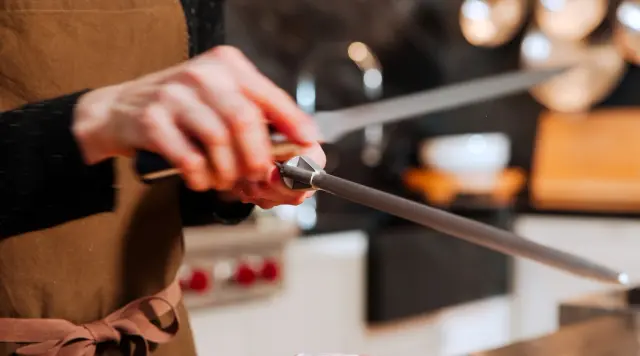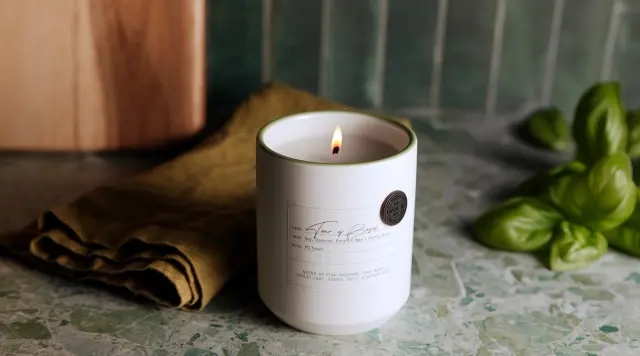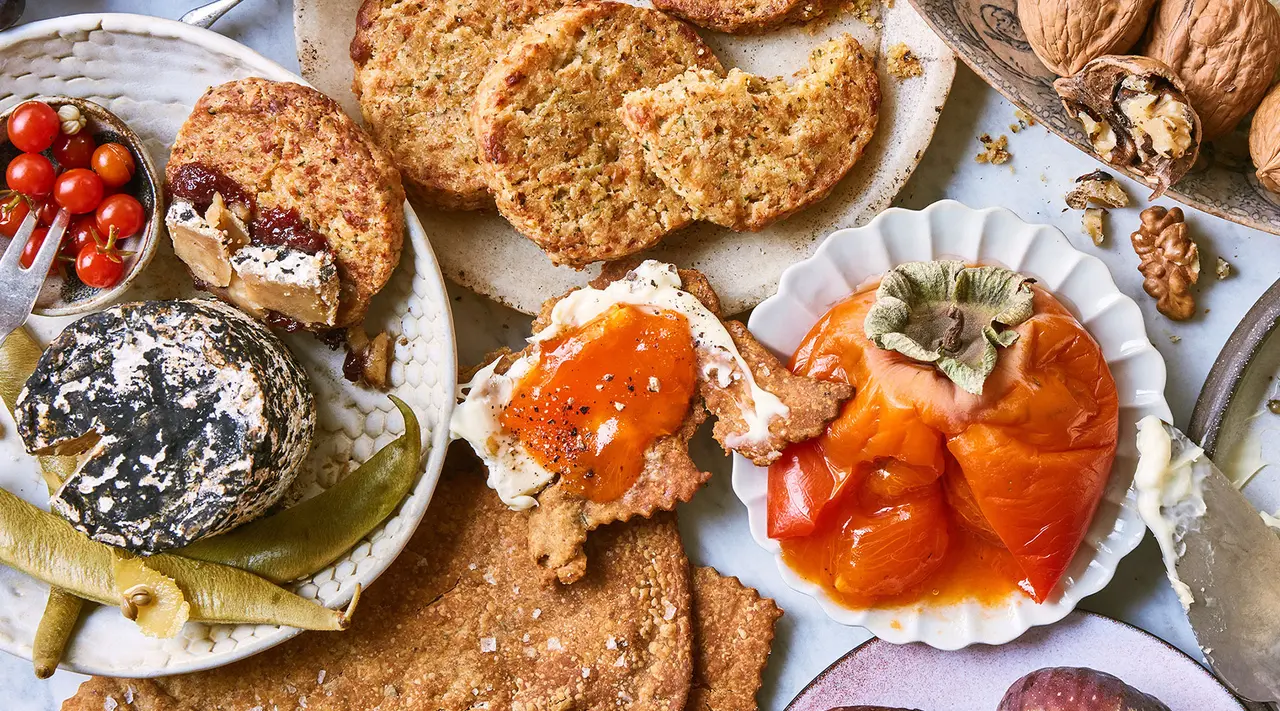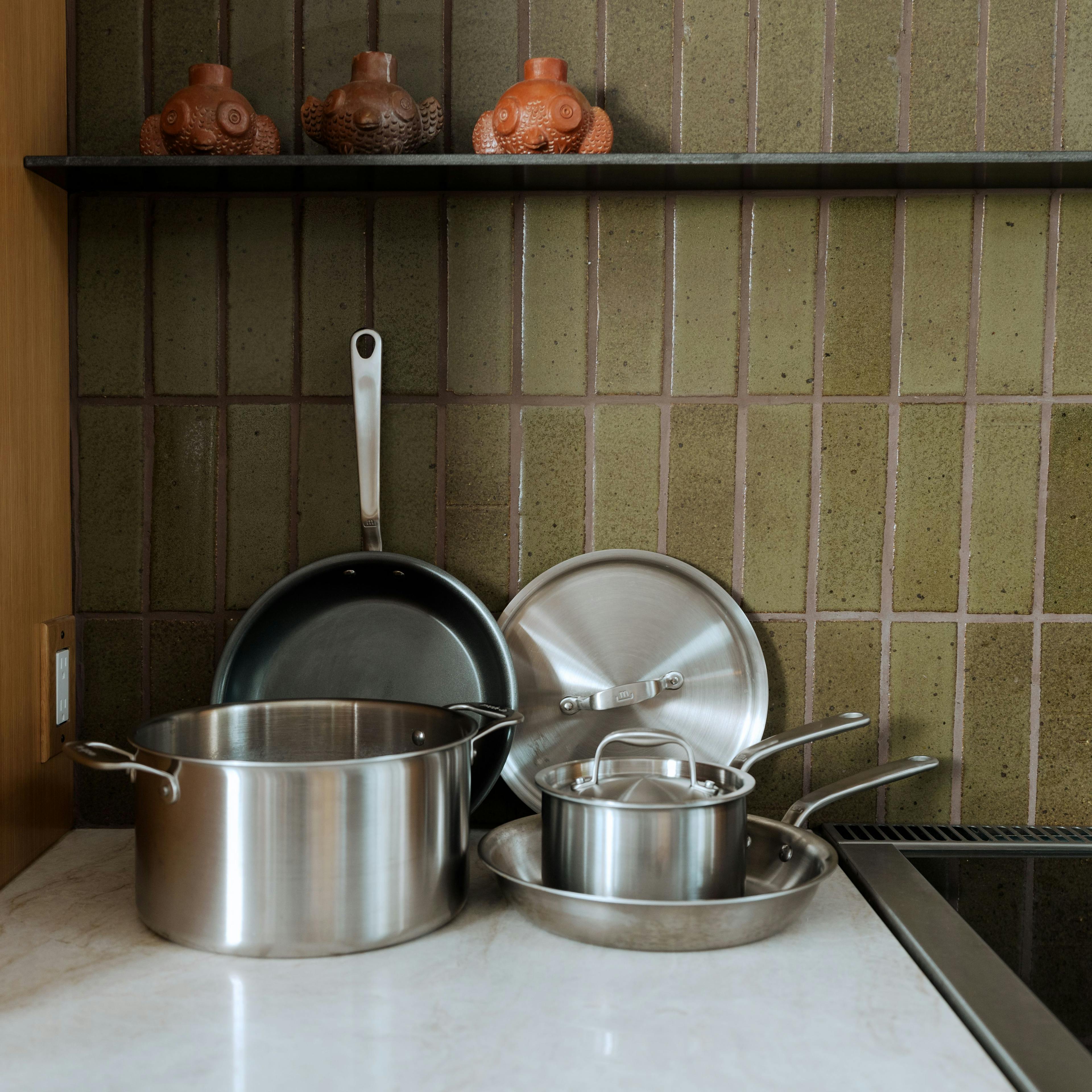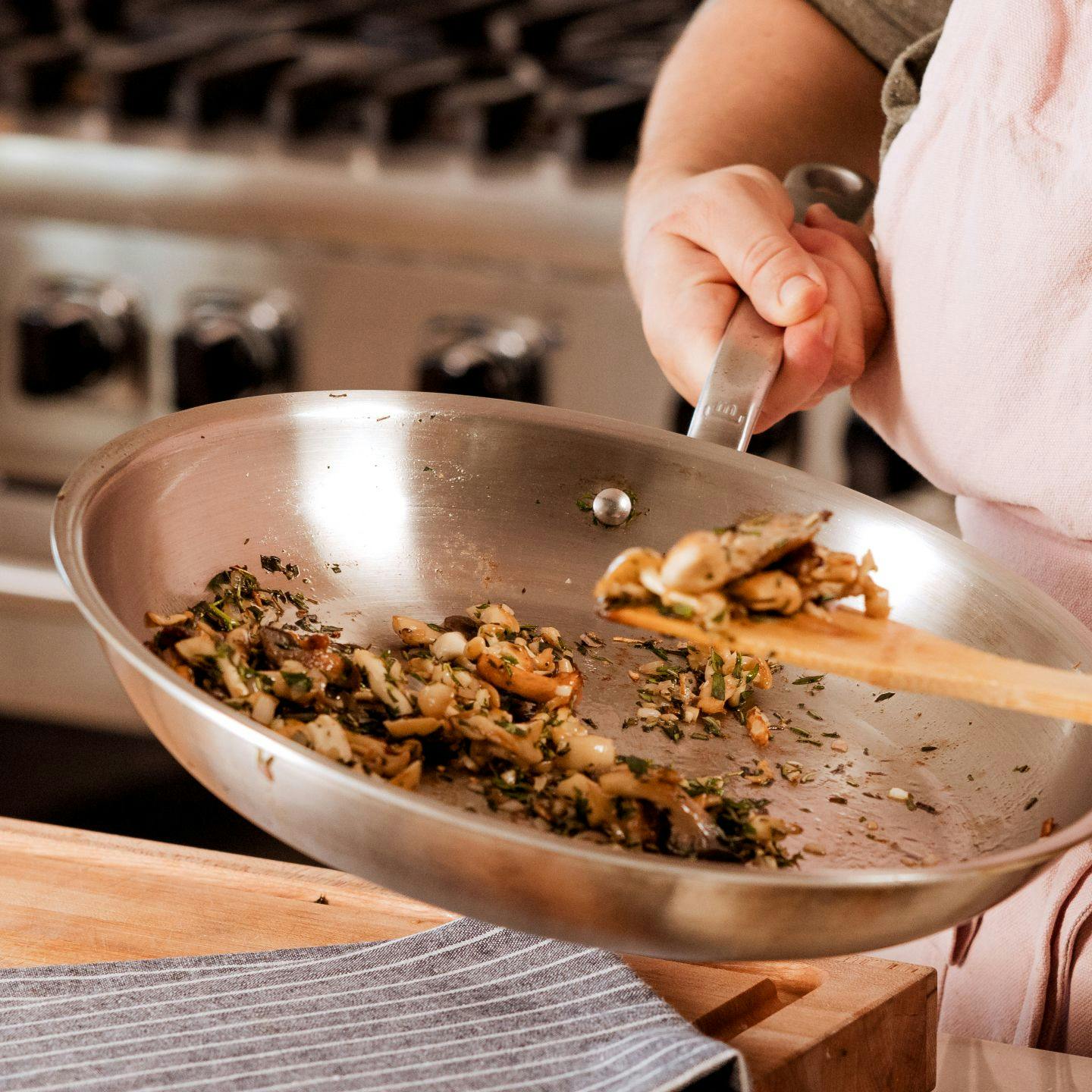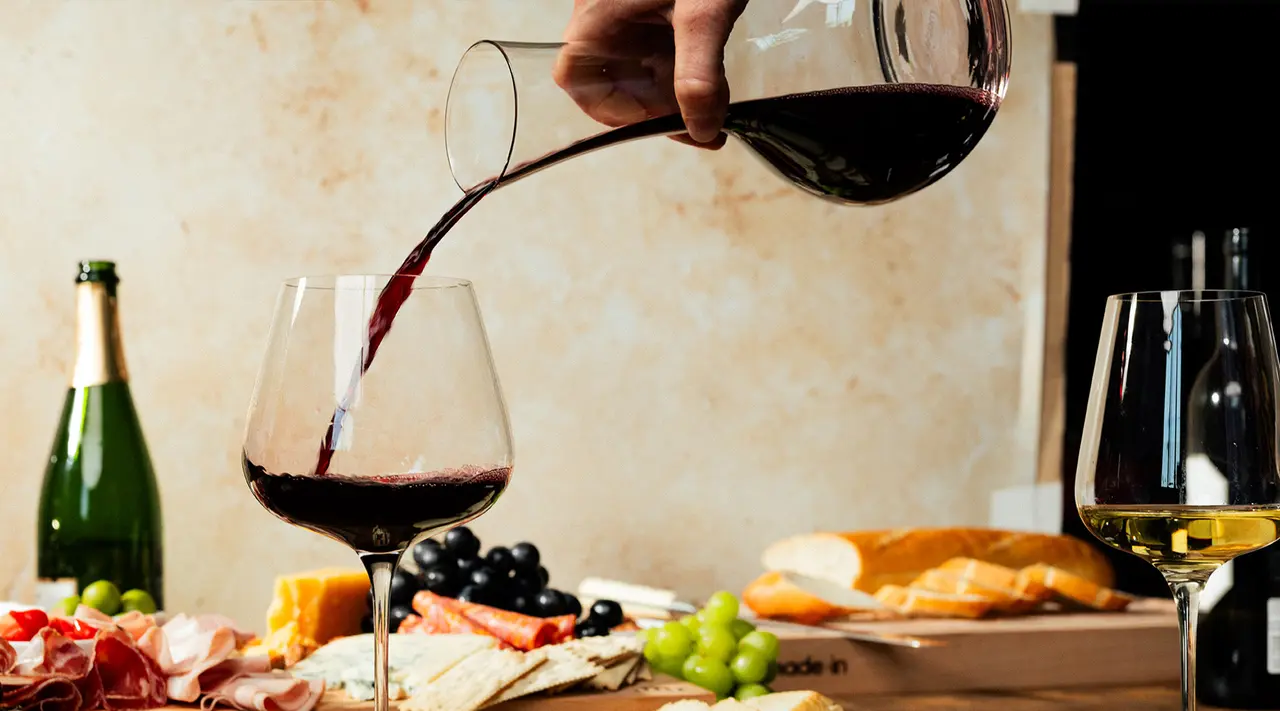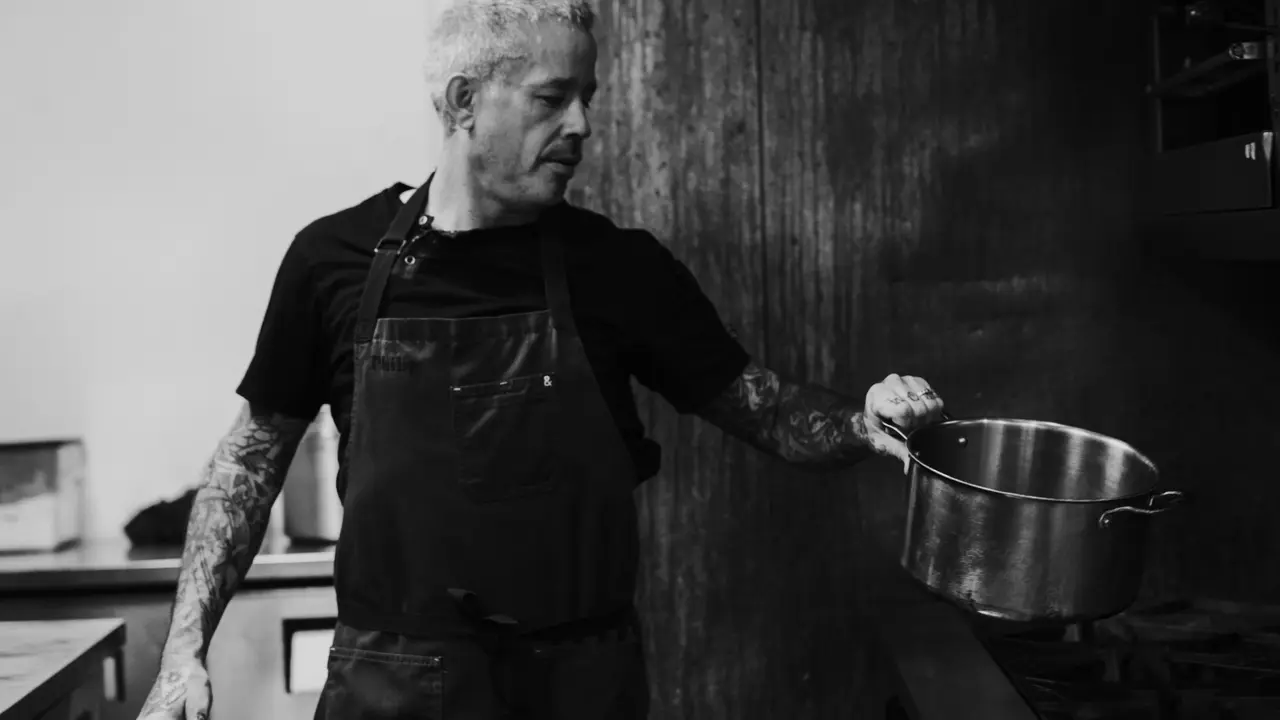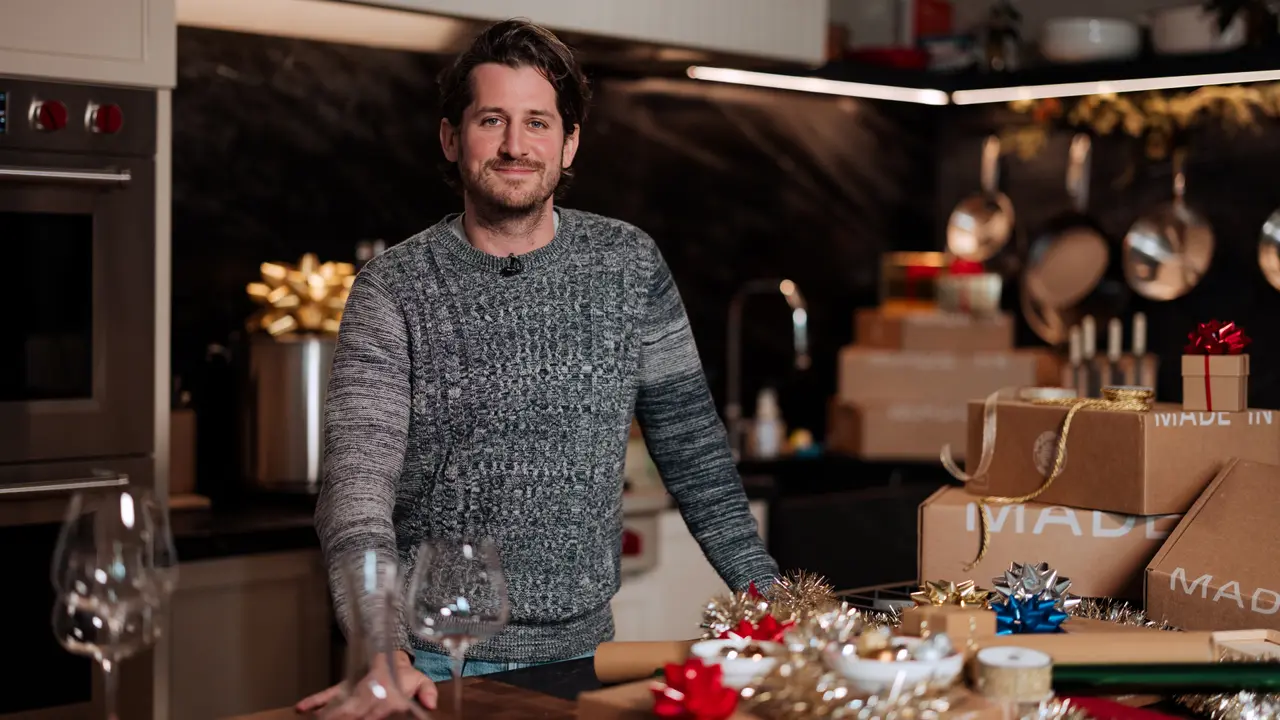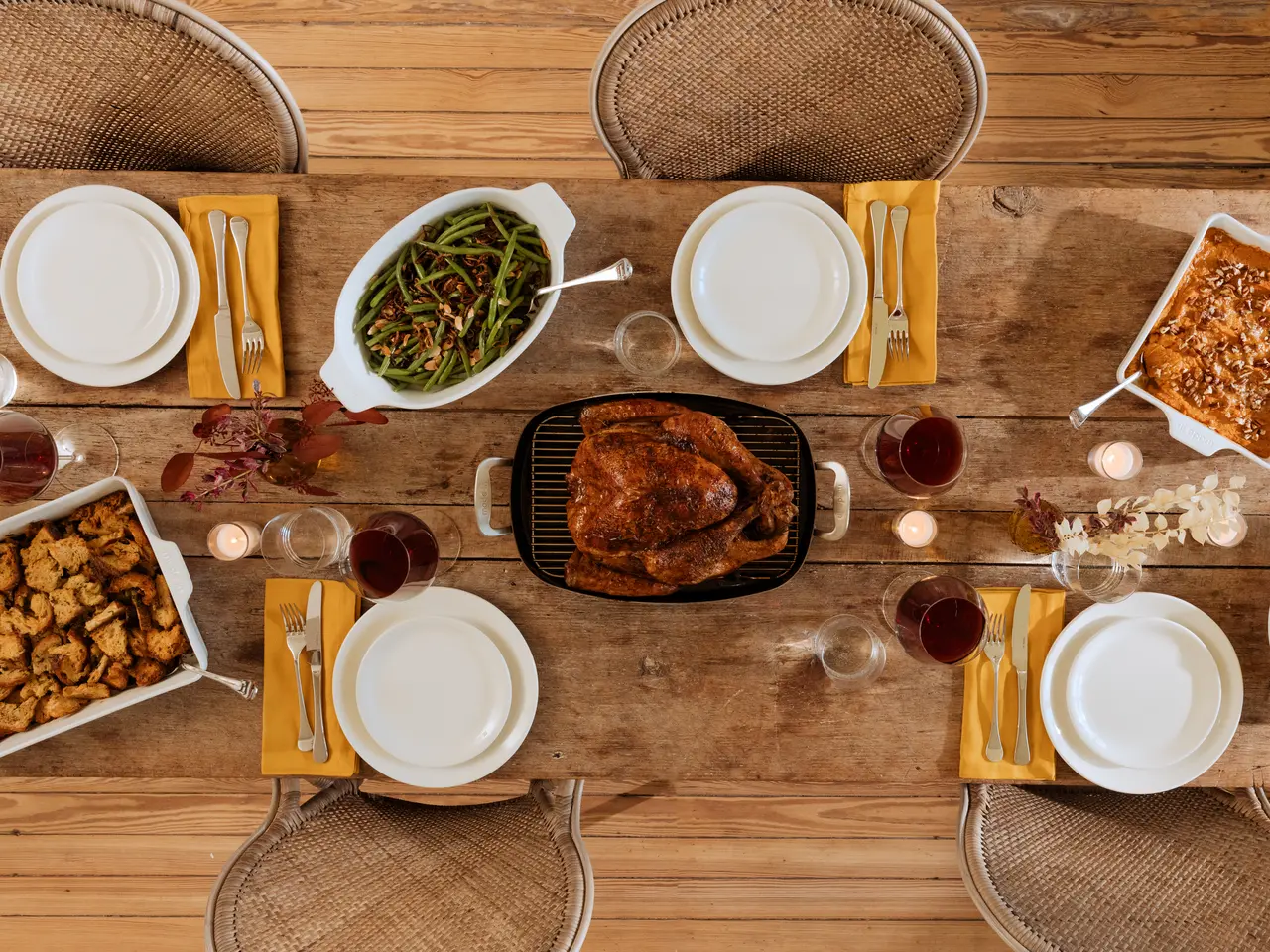Photos courtesy of Melina Hammer
Melina Hammer introduces herself as a cookbook author, food stylist, recipe developer, and photographer, but if you had to describe her in one word, it would probably be “artist.” Known for her hyper seasonal, ultra local food that highlights the bounty of upstate New York, her work has regularly appeared in the New York Times, Food52, and most recently, A Year at Catbird Cottage. Published earlier this year, her debut cookbook is named for the bed and breakfast she runs with husband Jim in a small hamlet—population just over 550—tucked away in the Hudson Valley. If social media is to be believed, it’s a consistent rotation of locally foraged produce and impossibly artful meals.
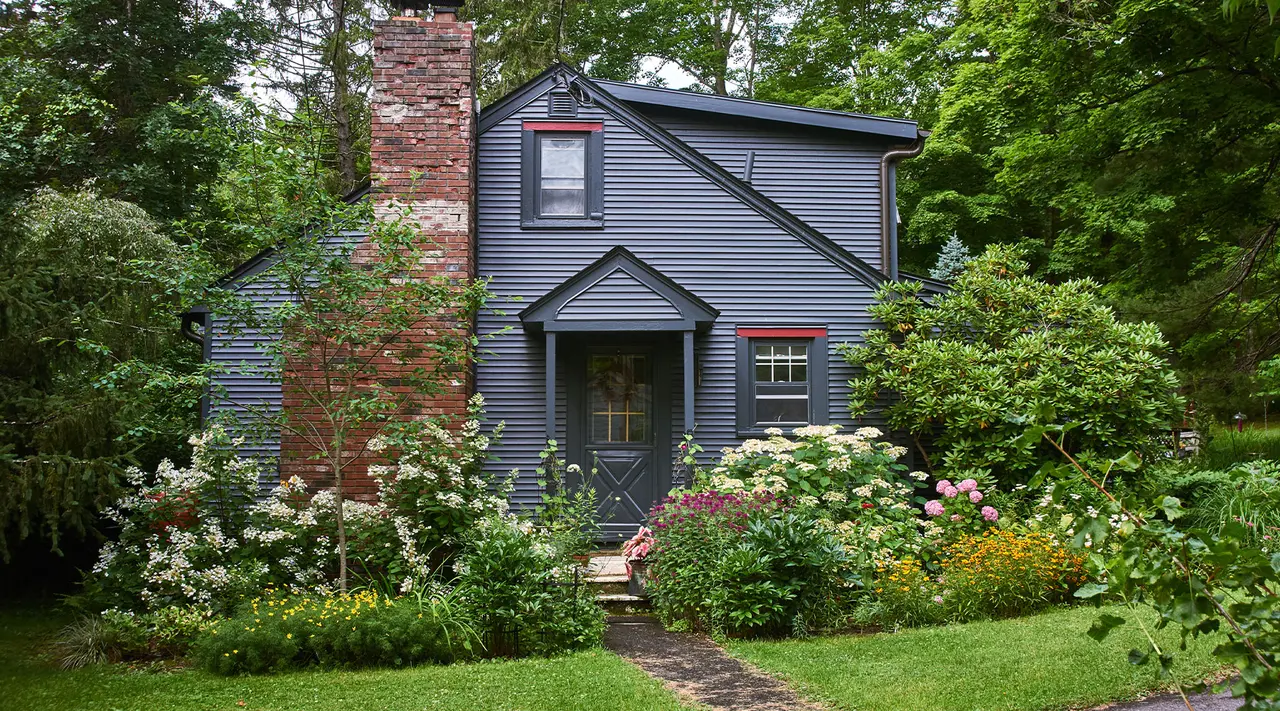
Catbird Cottage itself is named for a small, rather plain, and charmingly impish member of the mockingbird family. “Catbirds return to the places where they’ve enjoyed bountiful summers in the past,” says Melina. “I like to think I'm being revisited by the birds that came here when we first arrived.” In the spirit of hospitality, the cottage was named for their first-ever guests.
In a pre-food, pre-Airbnb life, Melina was a metalsmith, with an Ivy League art degree in creating wearable sculptures. “I was interested in metal’s staying power over the epochs,” she says. “As a medium, it has a unique connection to ancient cultures and mythology, but its material integrity connects it to the future, too.” The economic instability of the early aughts brought this chapter to a close, and at the suggestion of her husband, Melina began applying her fine arts background to something less permanent but more commercially viable: food.
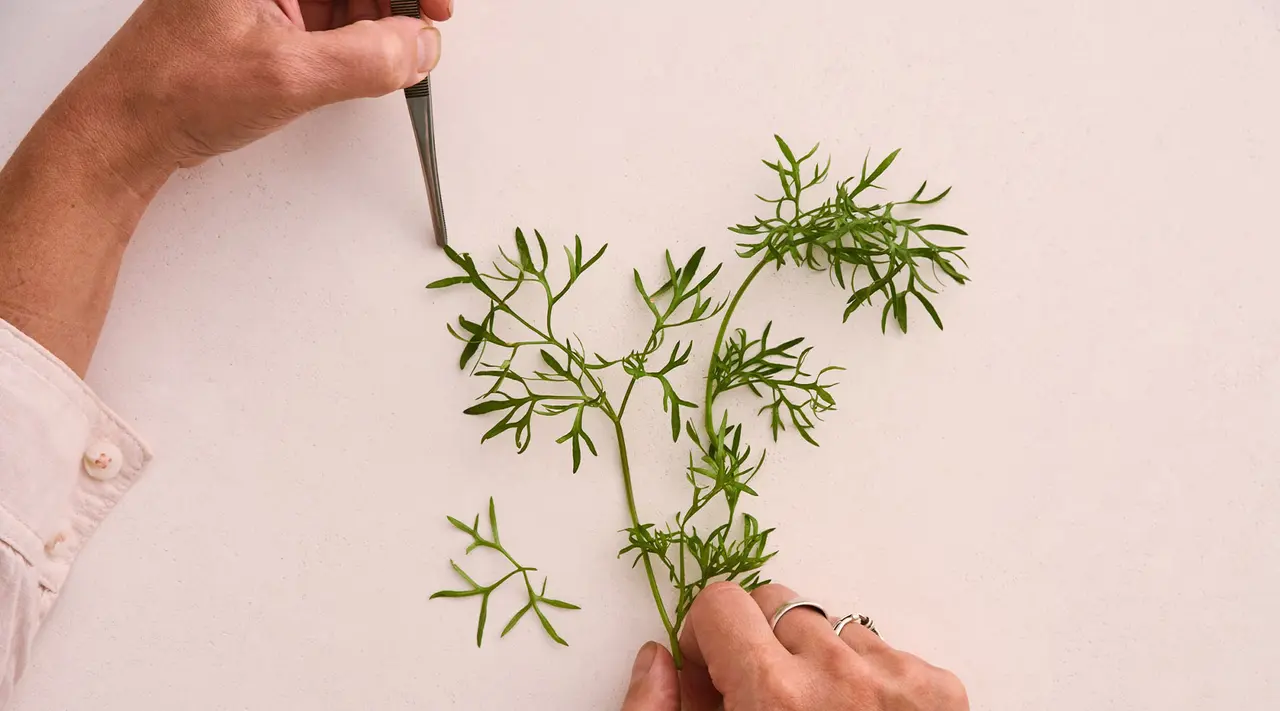
In the simplest terms, a food stylist’s job is to make food look good. Melina, on the other hand, makes it her job to evoke a shared moment—or an entire season, as the case may be—in each fleeting dish. With the “opening” of Catbird Cottage, hosting others and the communal aspect of food became more central to her aesthetic. “Another facet is this idea of slowing down to connect to each other and the world right in front of us,” she says. “Food can be a balm, bringing peace, joy, and solace.”
But nature moves at a steady clip. A patch of morels may spring up one day and be gone almost the next, and it requires discipline and endurance to keep up. “The window, not just to forage but to then preserve that moment, is a finite one. Everything is always happening at once: recipe developing for commissioned projects, preparing our cottage for guests, figuring out what the hell lunch is,” she says. “All while attempting to capture that fleeting seasonal bounty.”
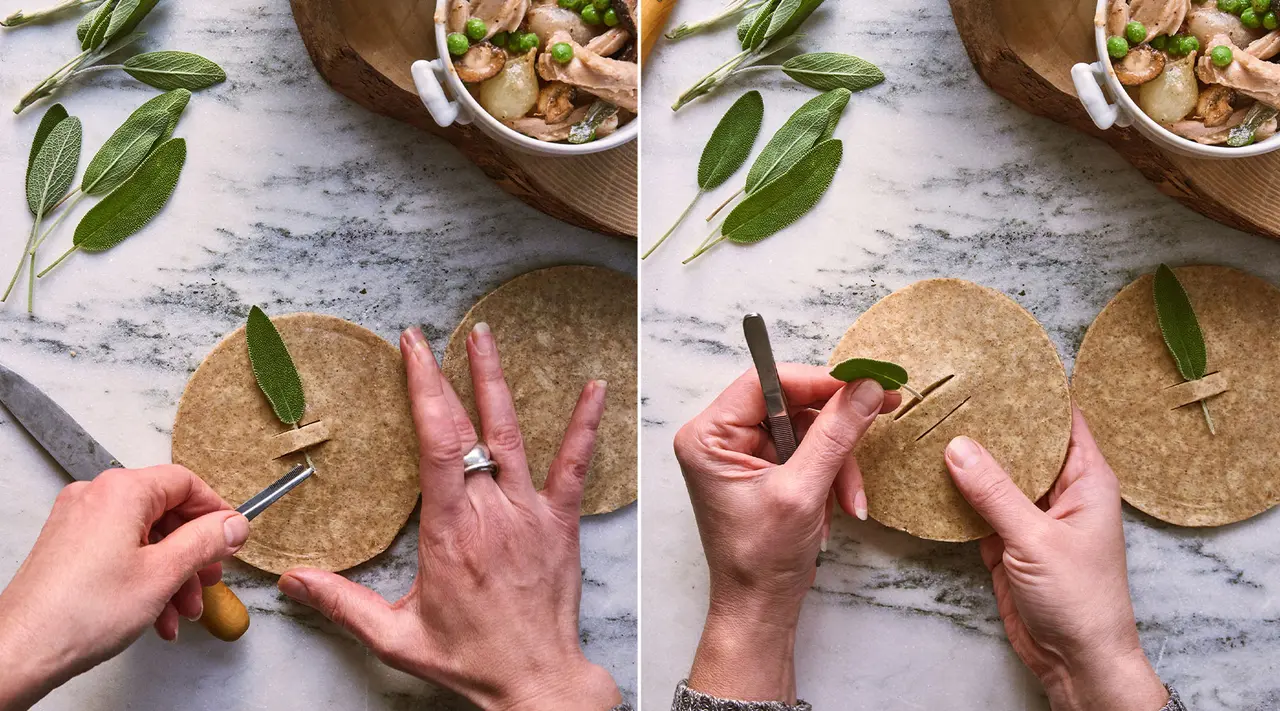
A Year at Catbird Cottage archives that work, and many of its recipes—like the Skillet Roasted Chicken With Hen of the Woods, Leeks, and Pan Sauce (p. 255), Double Rye Buckwheat Plum Cake (p. 182), or Bouillabaisse and Rouille-Slathered Toast (p. 211)—reflect Melina’s guests just as much as they reflect her and the environs. “The cookbook shares that crucial joy of eating with other people. Many of the recipes are meals originally devised for guests of Catbird Cottage, inspired by their dreams, preferences, and even restrictions,” she says.
This intimacy is possible because of the small scale of the operation—there’s just enough room in the cottage for four people, including Melina and Jim. “People come here to celebrate their special occasions, and as the host and cook, I get to be a part of that sensory experience,” she says. “So much of our psychology and memory is tethered to great food moments.” It takes all her time to engage with each meal as she’d like to: from its nascent stages (as a seed or windfall of fiddleheads) to its final, glorious swan song on the dining table.

But Melina is careful to note that enjoying beautiful, seasonal food doesn’t have to be precious. “Betty Fussell, a personal mentor, food writer, and author several times over, taught me that you can eat famously using almost nothing,” she says. “From her, I learned how to wring flavor out of humble and overlooked ingredients, or find a way to cook them to unearth a sublime, blissful experience.” A roasted chicken is simple fare, but with the right tool and Melina's recipe (pictured above), it will always taste and look gorgeous.
Hosting is much the same—a few simple techniques will go a long way. Below, Melina shares advice for hosting with warmth, hospitality, and no small degree of natural beauty. Follow it, and like the catbirds, your guests will return again and again.
Tip #1: Begin the Night With Bubbly
“Choose a sparkling wine for when the first guests arrive. There's something about bubbles, whether it's a Pét-nat, a sparkling rosé, or a Champagne. They effortlessly create a convivial, relaxing, celebratory environment,” says Melina. “Just pop the cork and pour into your favorite Wine Glasses.”
Tip #2: Floral Accents, Everywhere
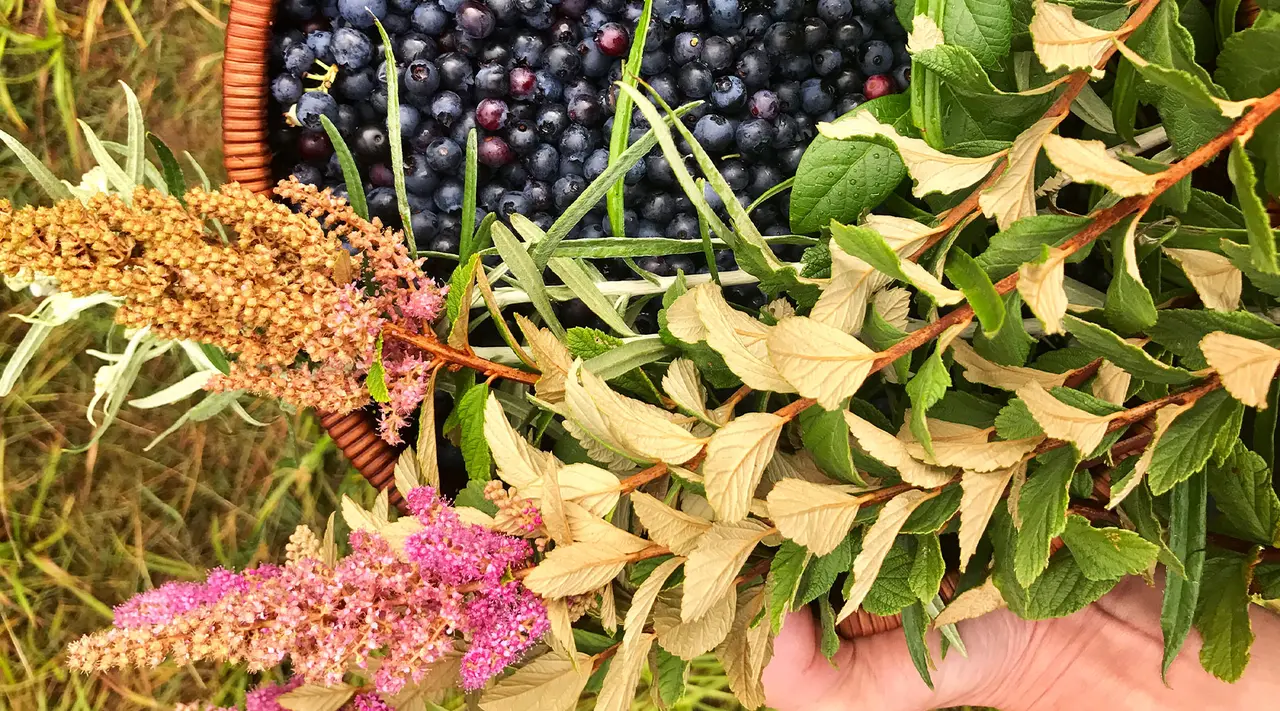
“Having a couple small floral arrangements creates focal points on the table and throughout the space. It gives people a place for the eyes to rest in the midst of all the activity,” says Melina. “I like placing a few buds or stems in the bathroom, where guests can enjoy them alone—and they will. Plus, you don’t have to cook them.”
Tip #3: Consider the Logistics
“I prefer to have the food on its own table so people can serve themselves, especially during the holiday season,” says Melina. “I spend time choosing the perfect serving utensil for each dish—something beautiful that feels good in the hand, but most importantly serves its function. A large, shallow serving spoon will be perfect for getting every bit of mashed potatoes onto a plate, but two-handed salad servers aren’t a good choice if there’s no room for guests to set their plate down.”
Tip #4: When Plating, End With a Flourish

“Holidays involve a lot of brown food, which always benefits from a final flourish,” says Melina about plating food. “That may look like pomegranate arils sprinkled atop roasted sweet potatoes for added brightness and crunch. Or, it may be a scatter of fresh herbs like parsley and tarragon for enlivening freshness and color.”
“If you're serving your guests, don’t overcrowd their plates,” she continues. “Create a concise flow of elements—a beautiful dollop of this, a spoonful of that. If people fall in love with the food, they can always go back for more.”
Tip #5: The Strategy Makes it Doable
“As a host, I'm always trying to parcel out prep tasks so that I don't have to do everything at the very last minute,” says Melina. “I don’t want to be run ragged. I prep and portion fresh herbs for my final organic flourish ahead of time, and store them in between layers of damp paper towels in a sealed container in the refrigerator. That way they’re ready to go, but not in a position of wilting before I’m ready to use them.”
Tip #6: Understand Each Dish Is Different
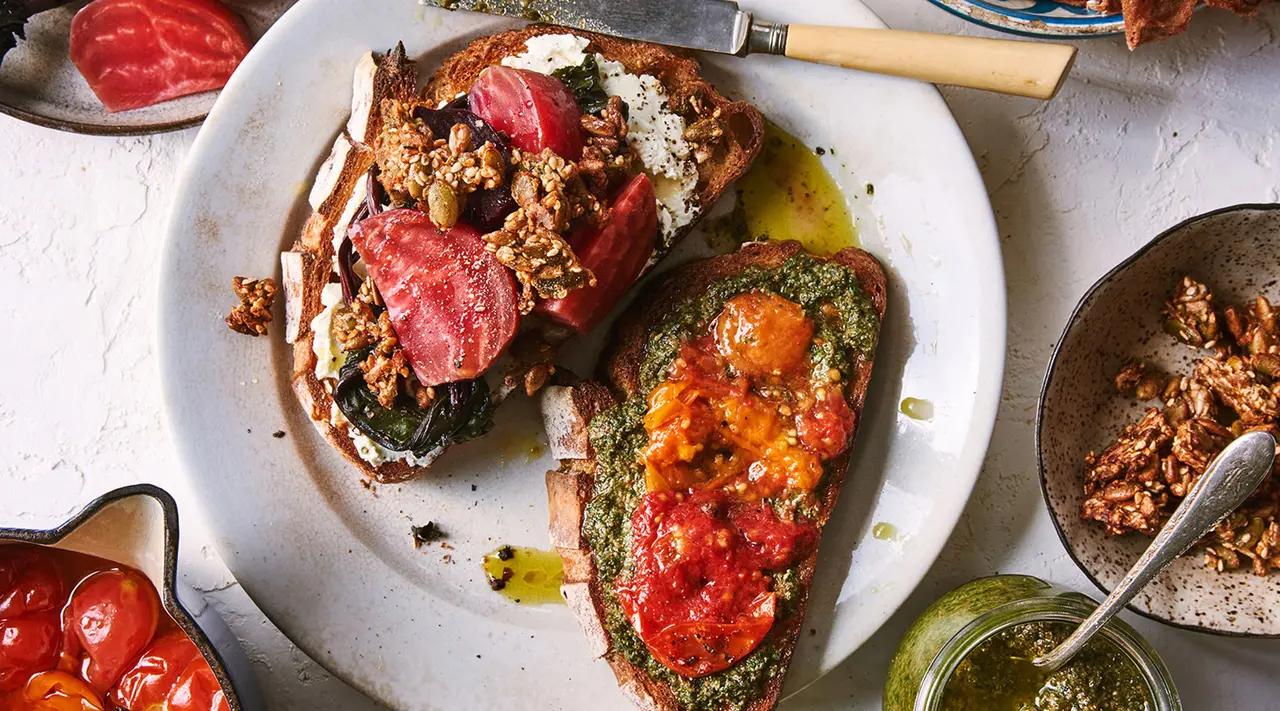
“Knowing what I’m styling is perhaps the most important part of making it look beautiful,” says Melina. “Brown food almost always benefits from being deconstructed, like a carved turkey. It allows you to see the detail and experiential quality of its deliciousness, whereas a colorful salad is more about gesture and each element acting in concert. Every dish is different. Styling is about finding its magic.”
Ready to Cook?
With those 6 tips in your back pocket, you’re sure to impress each and every guest at your next dinner or holiday party. All that’s left is to create a menu—A Year at Catbird Cottage will be a tremendous help in that department—and set your table with timeless pieces that let your newfound plating skills shine.
